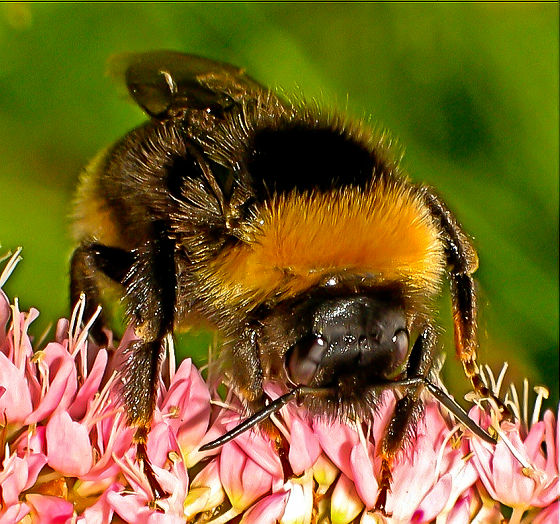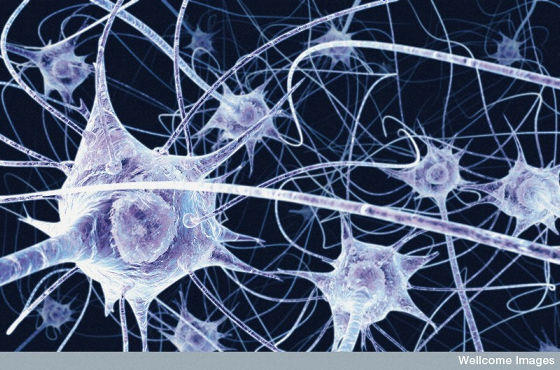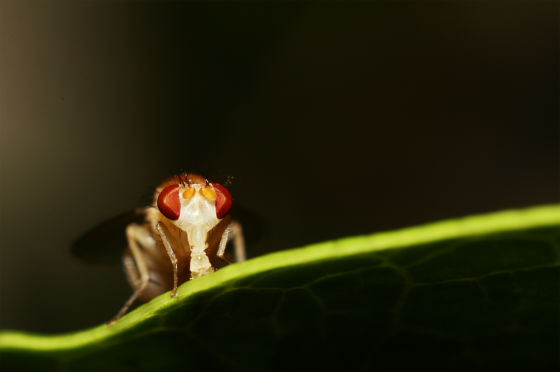Why can insects do complex behavior with such a small brain?

ByLennart Tange
Even though insects have smaller brains than human fingertips, it is confirmed around the world that they take amazingly complicated behaviors. Experiments were undertaken to see how insect brains smaller than the human fingertips enabled complex behaviors.
BBC - Earth - How insects like bumblebees do so much with tiny brains
http://www.bbc.com/earth/story/20170123-how-insects-like-bumblebees-do-so-much-with-tiny-brains
It is a kind of beeBumblebeeHas been confirmed to learn from other bees and to inherit the acquired knowledge to the next generation. In an experiment using a device that covers a place with pollen with a sheet and pulls a yarn hanging on a flower, a sheet can be taken and pollen can be collected, when one bumblebee pulled a string and peeled off a sheet, this knowledge Were also shared with other bumblebee in the same nest, and also the bumblebee that was later born.

ByGuido Romanelli
Even other insects, for example, dragonflies supplement mosquitoes, galleries, butterflies and other dragonflies while flying in the air. Insects to be predicted each have its own unique flight pattern, and to catch in the air, you must predict where the next flight from the target flight pattern will be. This behavior requires ability such as adaptability and planning. Even caterpillars less than 1 mm have proven to have basic learning and memory abilities.
Why insects can carry out complex behaviors and tasks in a small brain, Dr. Vivek Jayaraman is continuing to research on this theme. According to Dr. Jayaraman, it is necessary to pay attention to nerve cells and neural circuits of insects in order to know the insect brain mechanism. The nerve has the role of a wire that transfers electrical signals from one part of the brain to another, which is a computer circuit of the biology version. Dr. Jayaraman who focused on this experiment carried out experiments using Drosophila with 250,000 nerve cells.

ByWellcome Images
Humans recognize the outside world unconsciously and sometimes make actions and judgments based on it, this is called "internal expression". For example, even if the light suddenly goes out in a bright room, human beings can unconsciously recognize which direction the person was facing. Dr. Jayaraman thought that Drosophila possibly carries the ability of internal expression to the brain just like humans, and conducted the experiments this time.
In the experiment, we developed a device that can measure in real time how Drosophila's brain responds. Place it on a small ball with fixed Drosophila surrounded by a display, and when the Drosophila walks on the ball, the scene displayed on the display changes in real time, that is, the device that the Drosophilia is in the "outside world" device And observe the movement of the brain. At that time, the light in the space where Drosophila is located suddenly disappears, and it was confirmed whether there is an internal expression just like a human being.
As a result of the experiment, it turned out that the brain of Drosophila reacted the same as when the light was on even after the light was suddenly turned off. In other words, Drosophila recognizes where you are facing and where you are, even after the lights are turned off, you know that you have an internal representation. Cognitive abilities related to internal expression are thought to exist only in animals with human spine, and it is a big discovery that there are also small insects called Drosophila.

ByMidnightrook
Dr. Jayaraman says, "A big brain is necessary to take smart actions, but it is not the case with insects. For example, although the ability to recognize faces has been thought of as human-specific abilities, We know that we need hundreds to thousands of nerve cells. " So why do animals with large bodies have bigger brains than insects? To this question Dr. Jayaraman says, "As a large animal, the electrical signal emitted from the brain needs to be sent farther and farther than the small insect electrical signal, which includes large nerve cells It may be because you will need it. "
In other words, it is the number of neurons necessary to take a complicated behavior, that there is a possibility that it is not the size of neurons or the brain. Dr. Jayaraman is to continue further research to clarify the relationship between "brain" of insects and animals and "behavior" in future.
Related Posts:







